The Old Town Bridge crosses Brown’s Creek thirty yards from the juncture with the Harpeth River. Built 40 years before Thomas Brown started construction of his home, it was constructed of local limestone by the U.S. Army using a dry-stacked technique during the road building campaign of 1801-1802. The elevated roadbed leading to the bridge is clearly seen today. This bridge, “a little monument to the imagination of a young nation and the engineering ability of the U.S. Army,” has “absorbed the footsteps of rich and poor, of soldier and of outlaw, in war and in peace.” It was created during one of the earliest federal road-building projects in Tennessee (and indeed the United States) as part of a massive hundreds-of-miles-long project to develop a new version of the Natchez Trace Road to facilitate reliable mail delivery and other travel.
“During the part of 1801, activities at Southwest Point appear to have been at their lowest point since the establishment of the garrison in 1797. In contrast, the second half of 1801 was a busy period, filled with activities relative to the relocation of the Indian and Military agencies to this post. In late summer, Southwest Point became the starting point for a treaty expedition led by the commander of the United States Army, General James Wilkinson, who had been ordered by President Jefferson to conduct talks with the Cherokee, Chickasaw, Choctaw, and Creek Indians concerning boundary lines and the establishment of an overland route to New Orleans, via Knoxville, Nashville, and Natchez.”
“Only a portion of this regiment was, however, still in Tennessee. Sources cited below indicate that the IV Regiment troops still in East Tennessee at the beginning of the year had left by late June of 1801. Most of these same troops were sent to Nashville, where they were soon employed in opening the road that came to be called the Natchez Trace.”
Fort Southwest Point Archaeological Site, Kingston, Tennessee: A Multidisciplinary Interpretation. Tennessee Department of Environment and Conservation, Division of Archaeology, Research Series No. 9, Nashville, 1993.
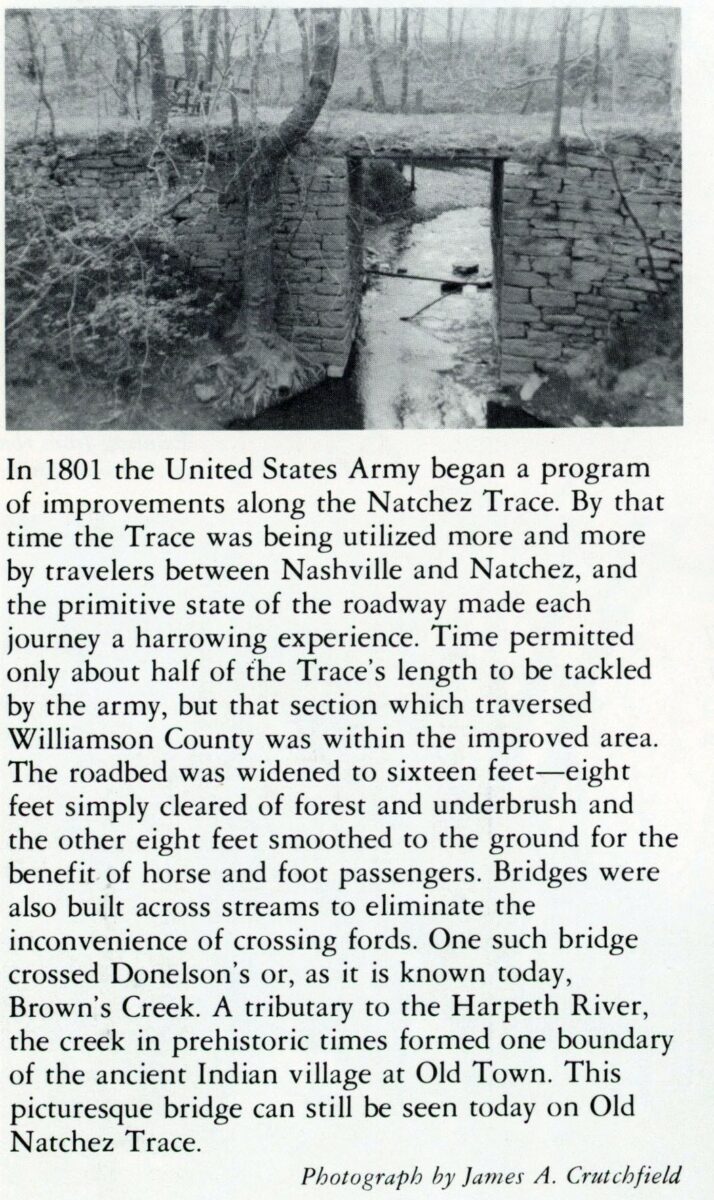
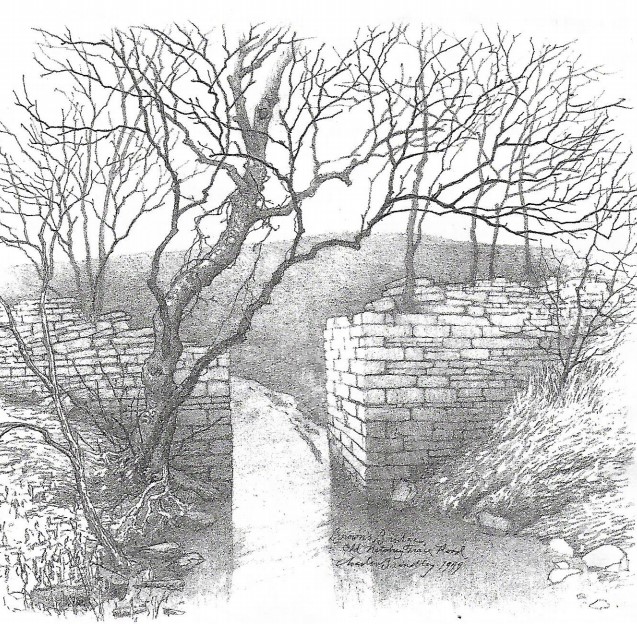
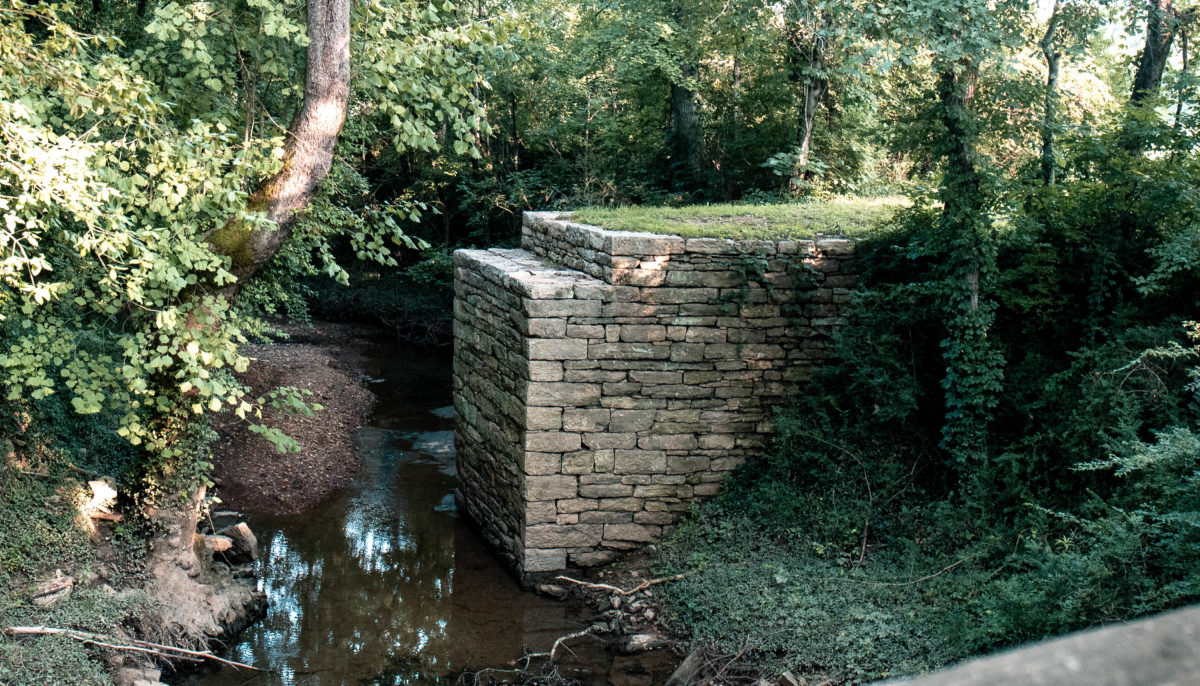
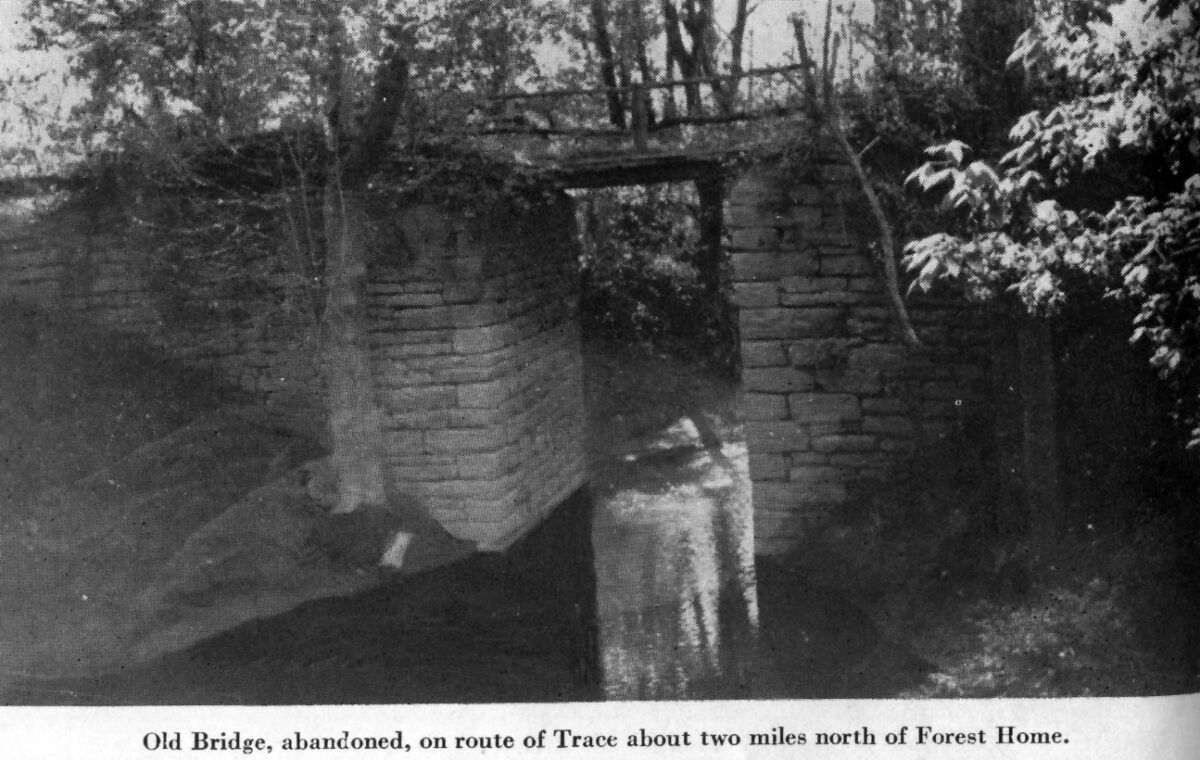
Click and drag the arrow to the left or right to make each picture larger.
The bridge at Old Town consisted of massive masonry abutments with a short pole bridge suspended between. Pole bridges were the most common type of early frontier bridge — consisting merely of trees or logs extending from one abutment to another with a deck of saplings or planks laid across them. Great care was taken in constructing the abutments for this bridge — with dressed limestone blocks laid in a rectangular fashion about 15 feet in height. Until the 1820s when steam driven boats began to be available, Tennessee farmers and merchants who shipped their products by flatboat down the Cumberland, Ohio, and Mississippi rivers often rode the almost 500 miles home on horseback — unable to return by boat against the inexorable flow of the Mississippi. By about 1830, other means and routes of long-distance transport eclipsed the Trace, although it continued to serve as an important venue for local transportation along much of its length.
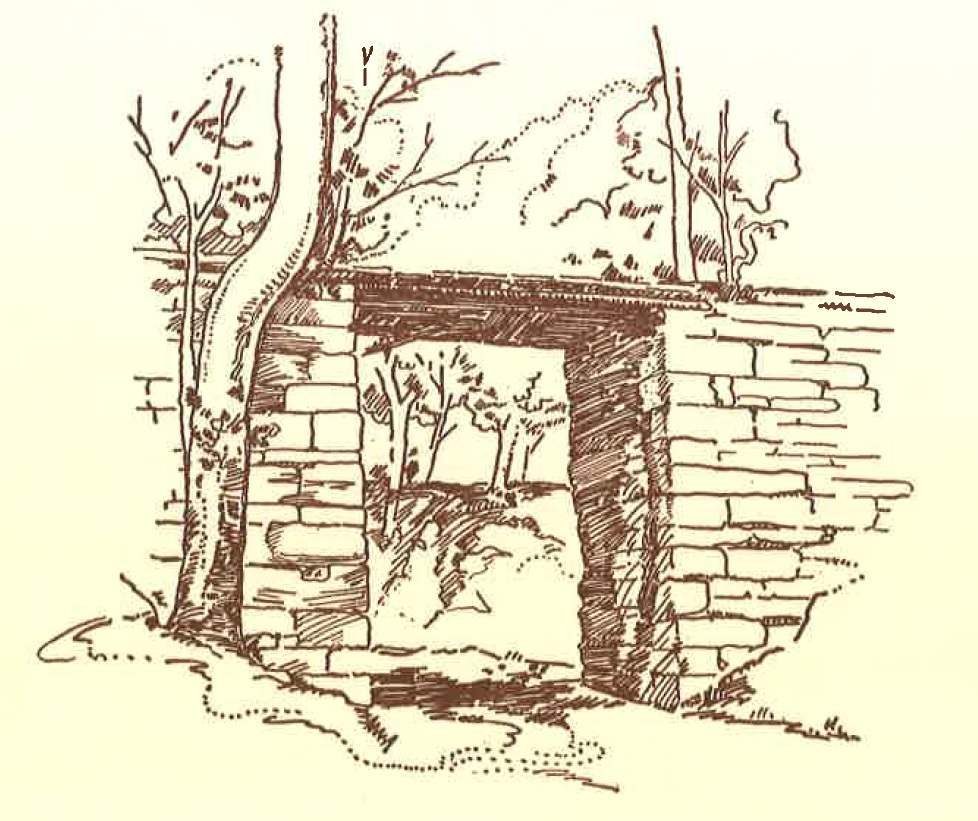
The bridge served as the primary crossing for over a century, when the “new bridge” was built to accommodate increasing automobile traffic. According to Louise Davis (“The Indians Called it Old Town,” The Tennessean, 28 Oct 1956), the “new” bridge collapsed in July 1955 under the weight of a huge oil truck, and while it is being rebuilt the 155-year-old stone structure bears the burden of traffic again. Prior to that time, it had not been in use since 1913 but stood as a magnificent monument to the skills of early stone masons.
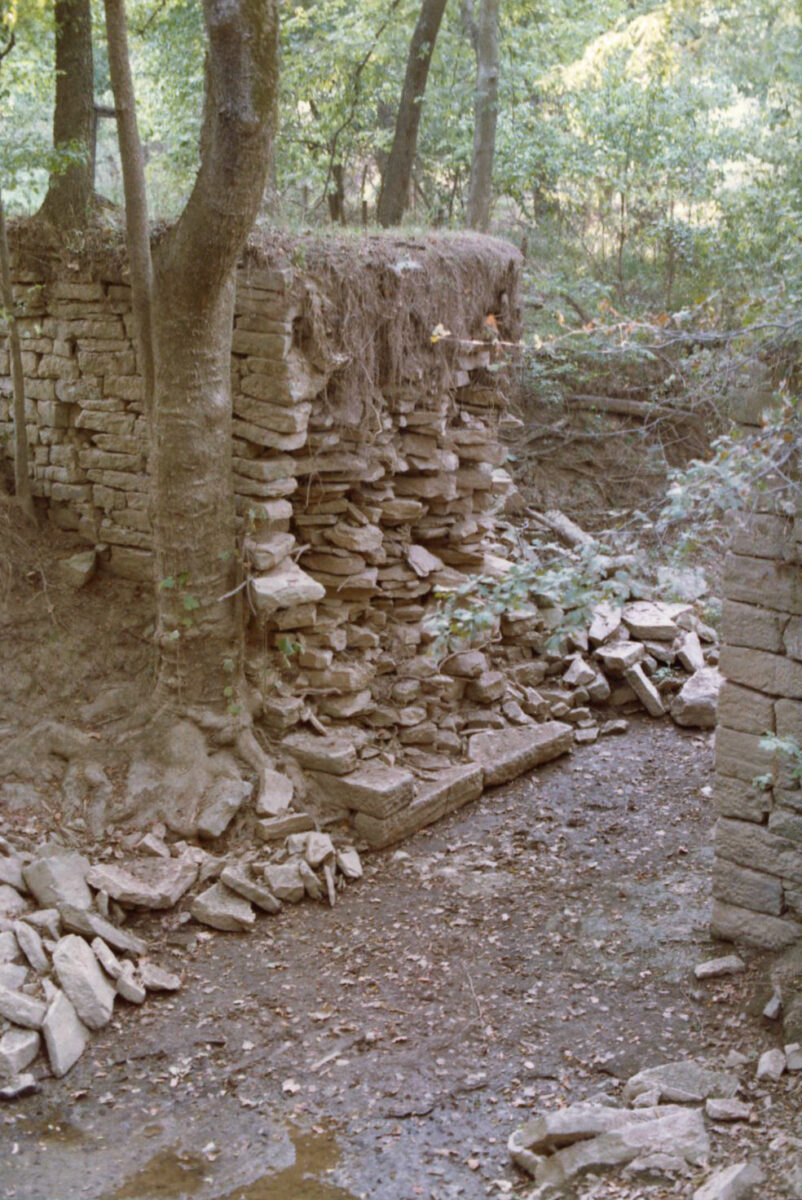
The Old Town Bridge was partially restored in 2014 through the efforts of the previous owners, Maureen and William Cromling. At this time the north abutment was in fair condition with several areas of deterioration while the south abutment had completely collapsed into Brown’s Creek. To complete the restoration, the owners hired the Dry Stone Conservancy of Lexington, Kentucky which is a non-profit corporation providing drystone preservation, masonry training, restoration, and repair services. As part of this project the Cromlings donated a historic preservation easement for the bridge to the Tennessee Preservation Trust. The Tennessee Preservation Trust is a non-profit organization that promotes preservation and advocacy of the state’s cultural resources and heritage.
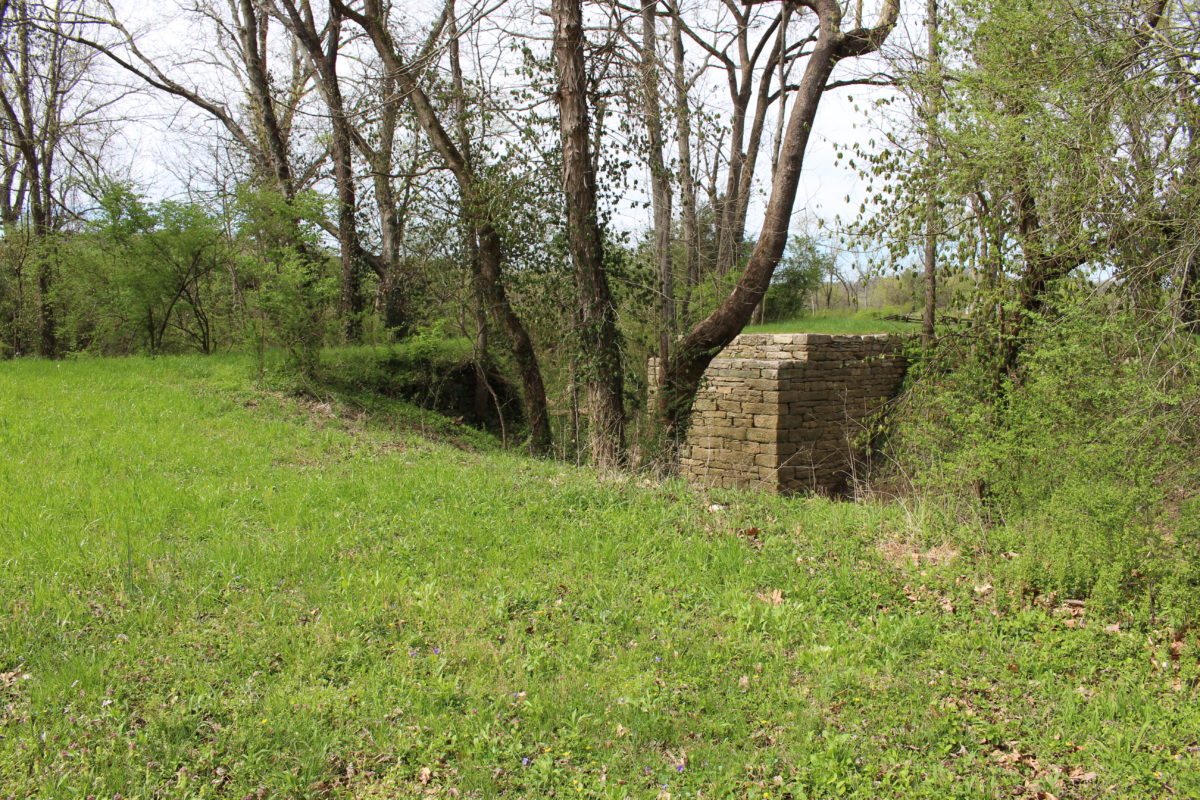
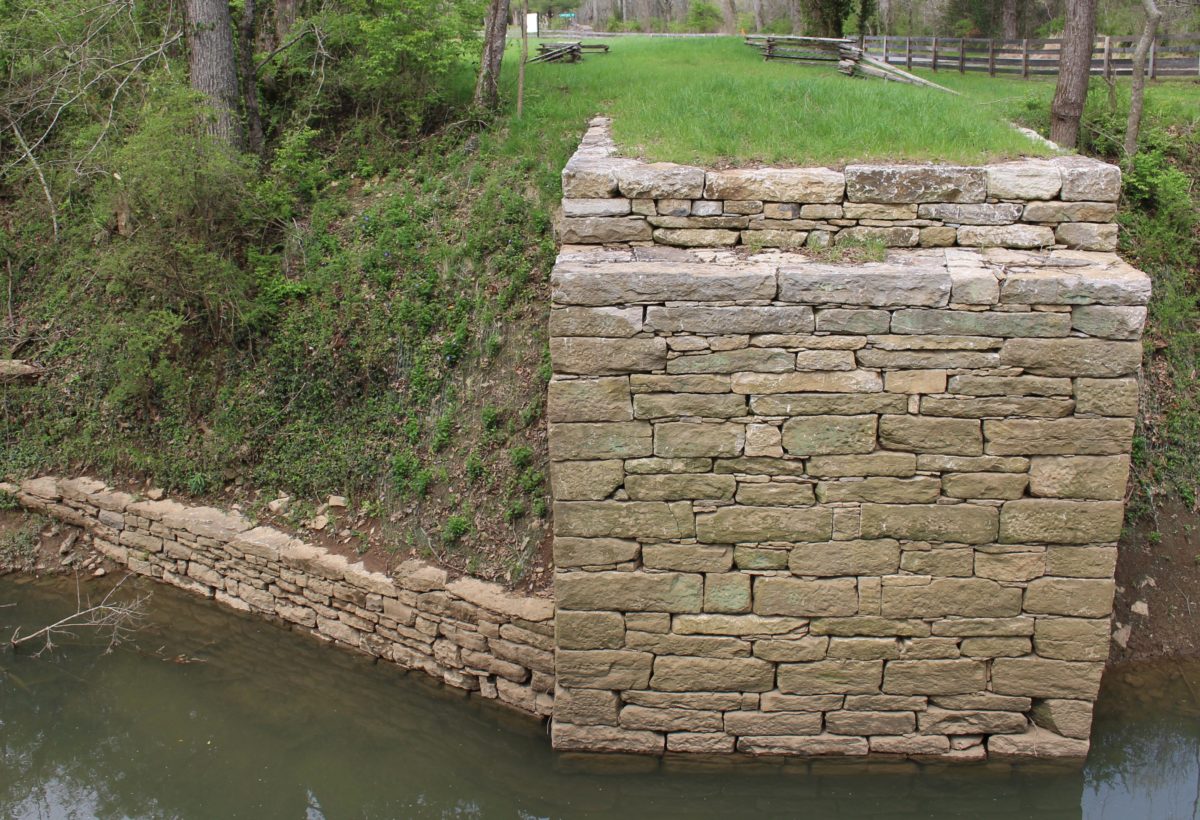
Through a cooperative agreement with the Trust, the Dry Stone Conservancy restored the north abutment of the bridge using the existing stones and those which had collapsed into Brown’s Creek. The abutment’s stone courses were carefully removed, recorded and then rebuilt to match the original appearance as closely as possible. The abutment was retained within its original footprint and the stone courses were laid to ensure many years of stability. The restoration of the north abutment was completed in September of 2014.
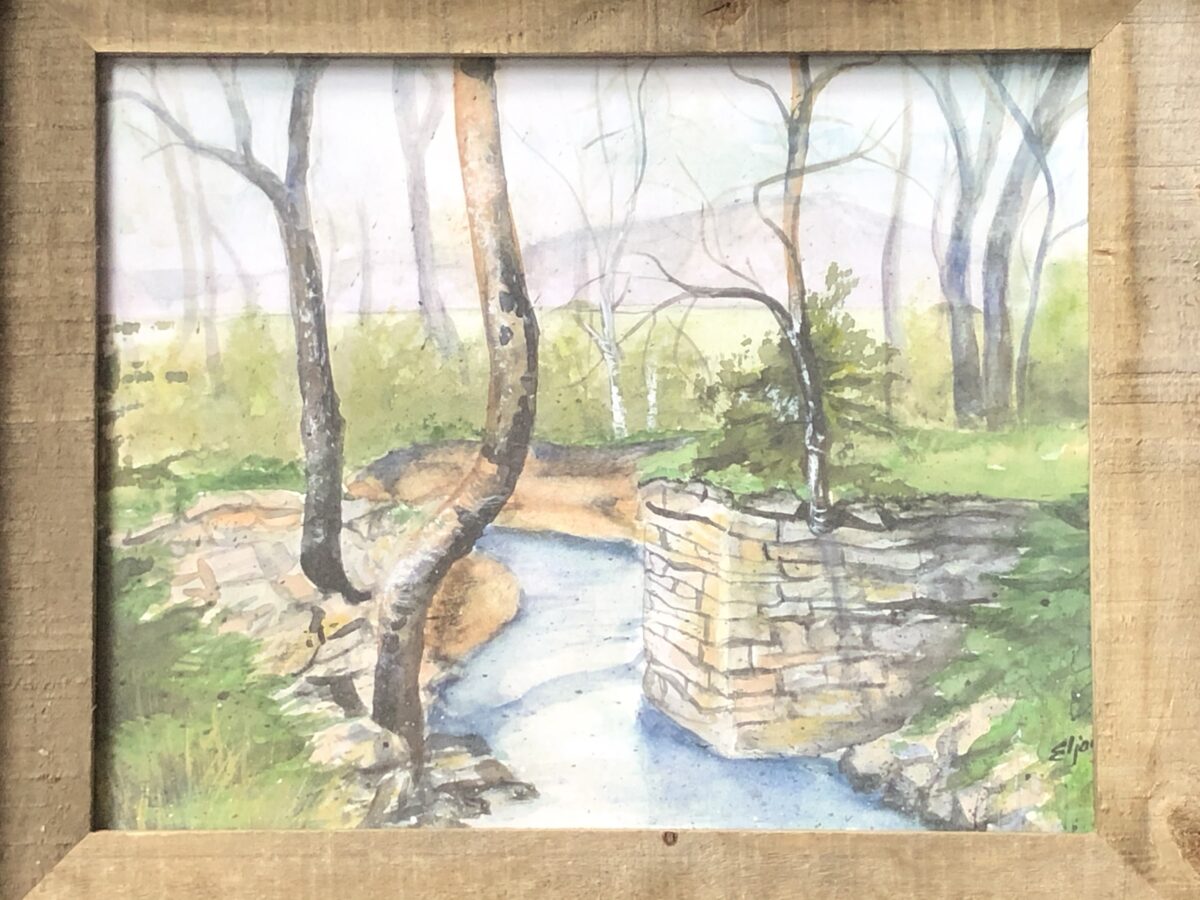
Gift from Laura Turner to Tracy and Bill Frist
An amazing survival from over 200 years ago — made possible by the care and concern of so many of the owners over that time.


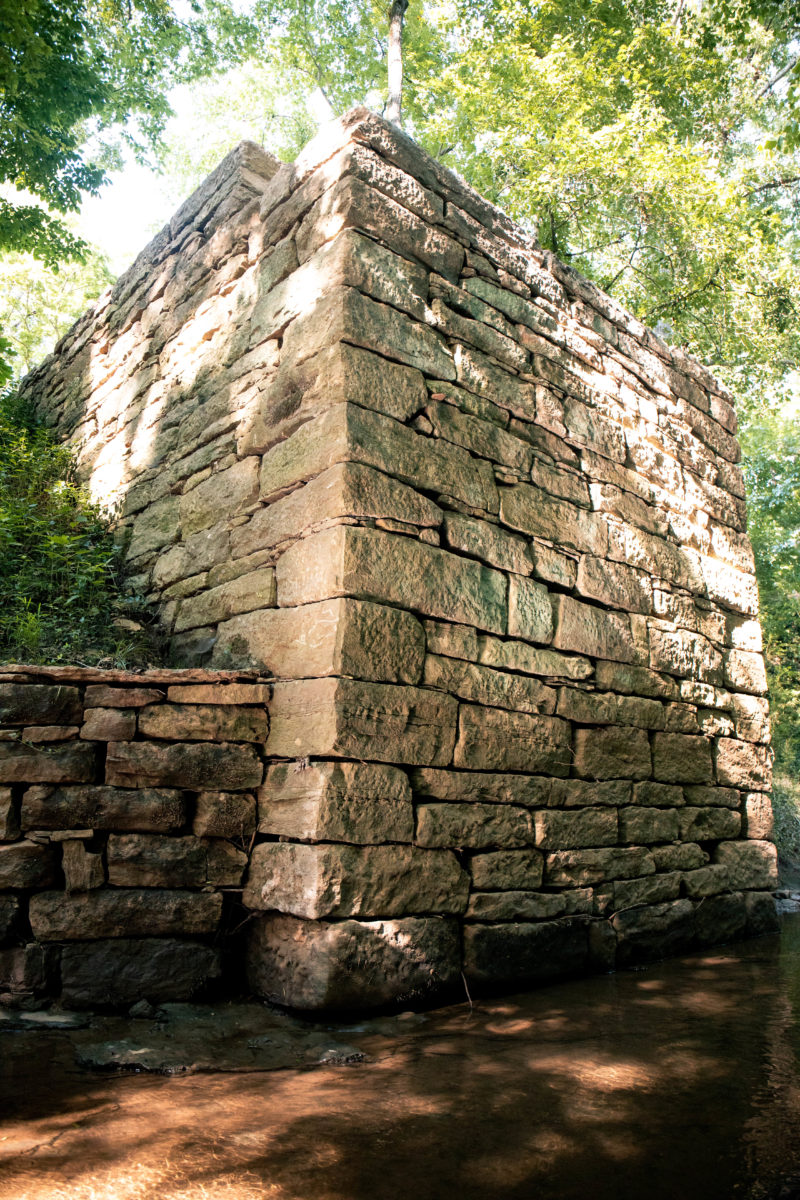
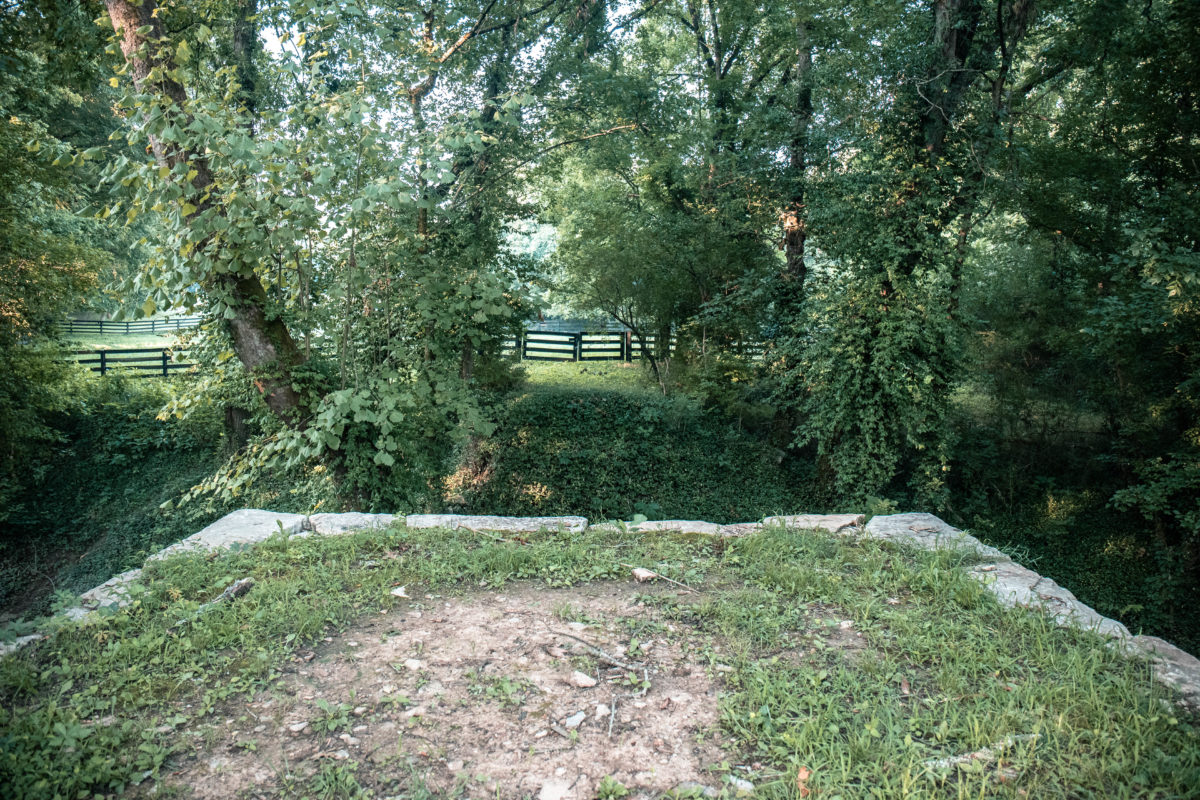

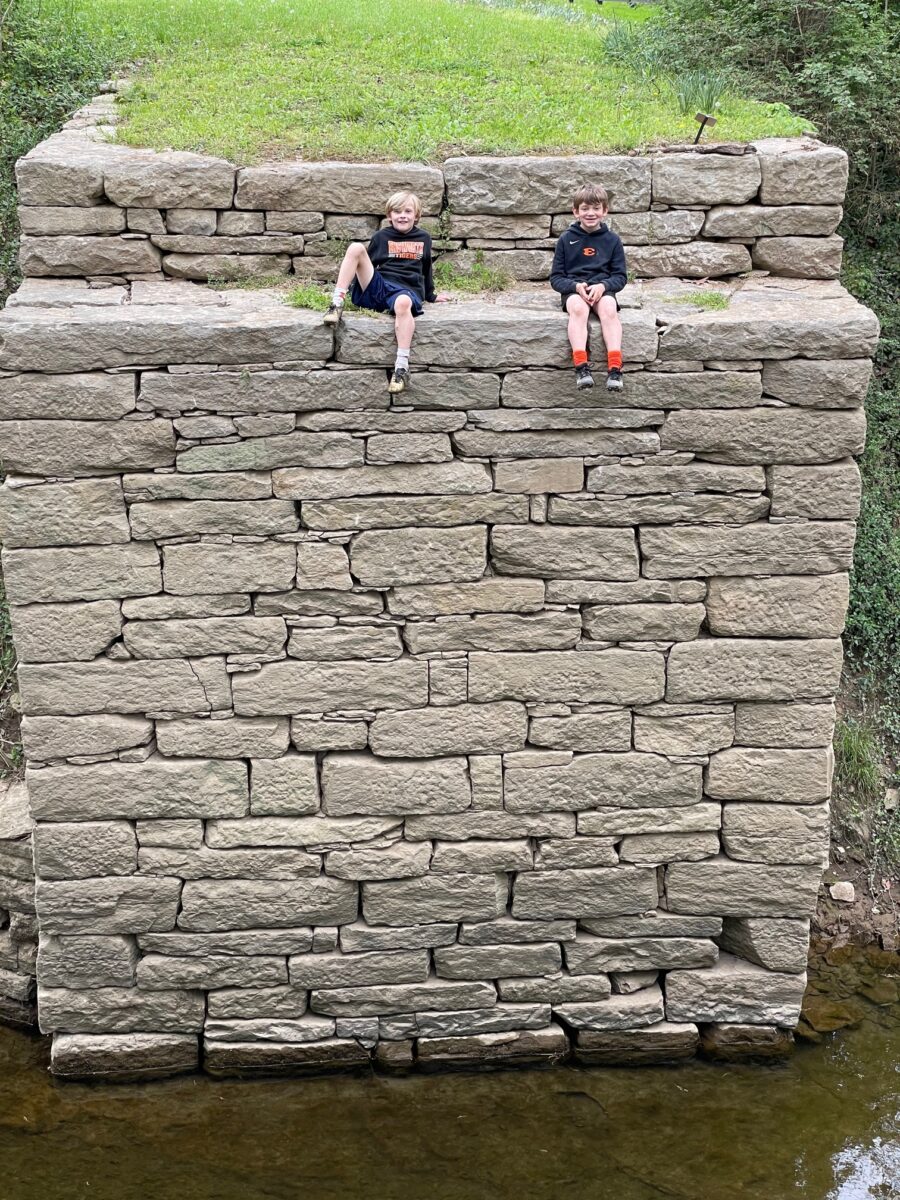
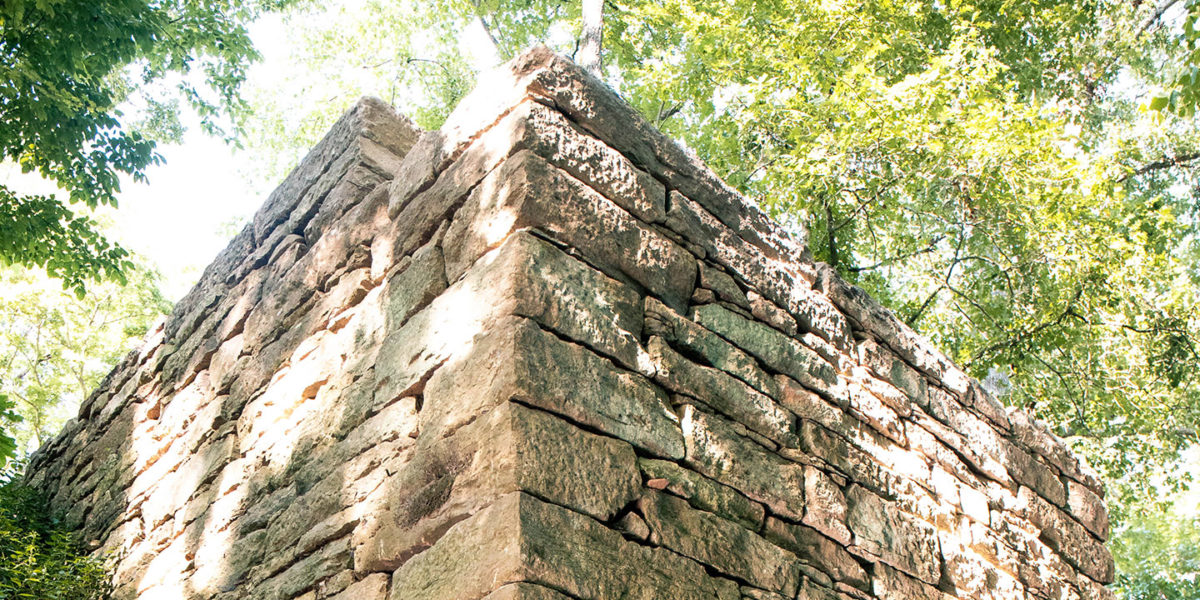
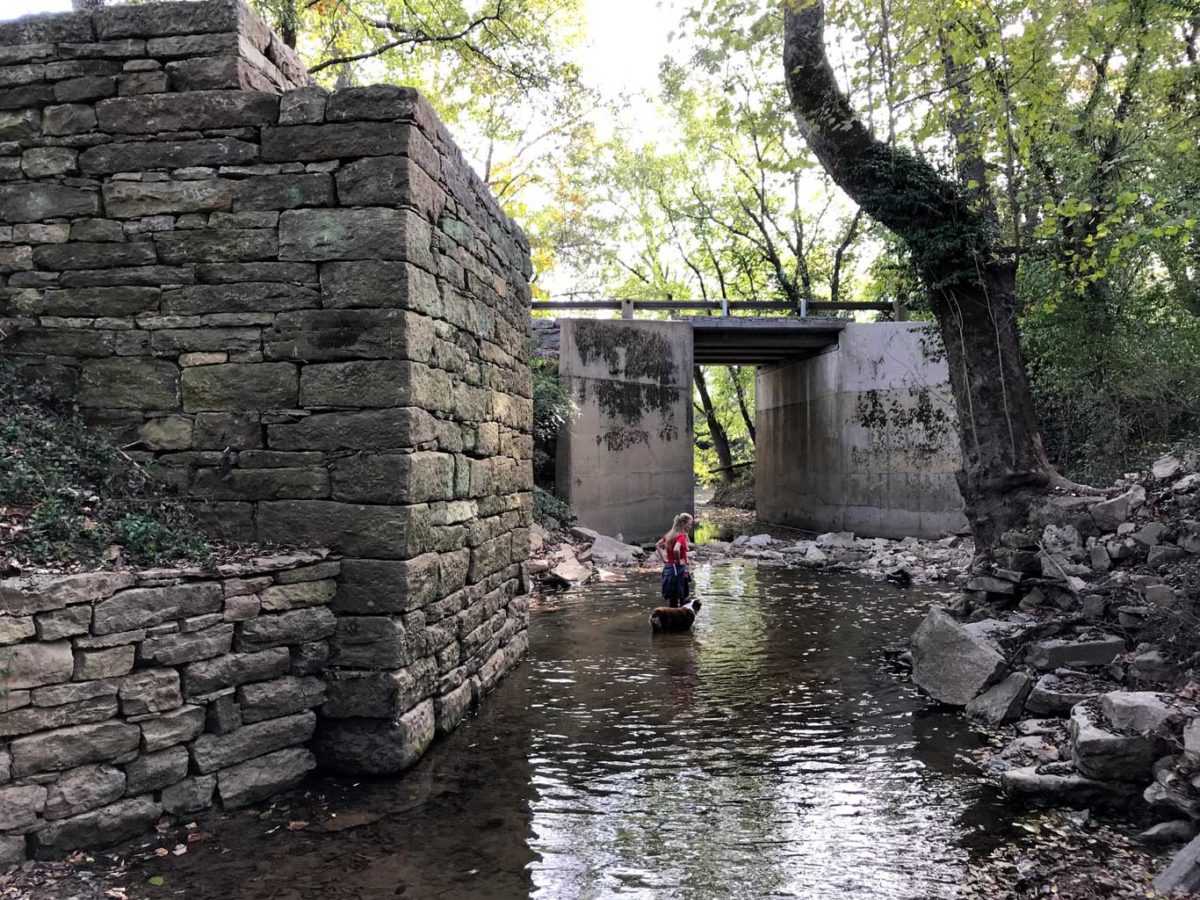
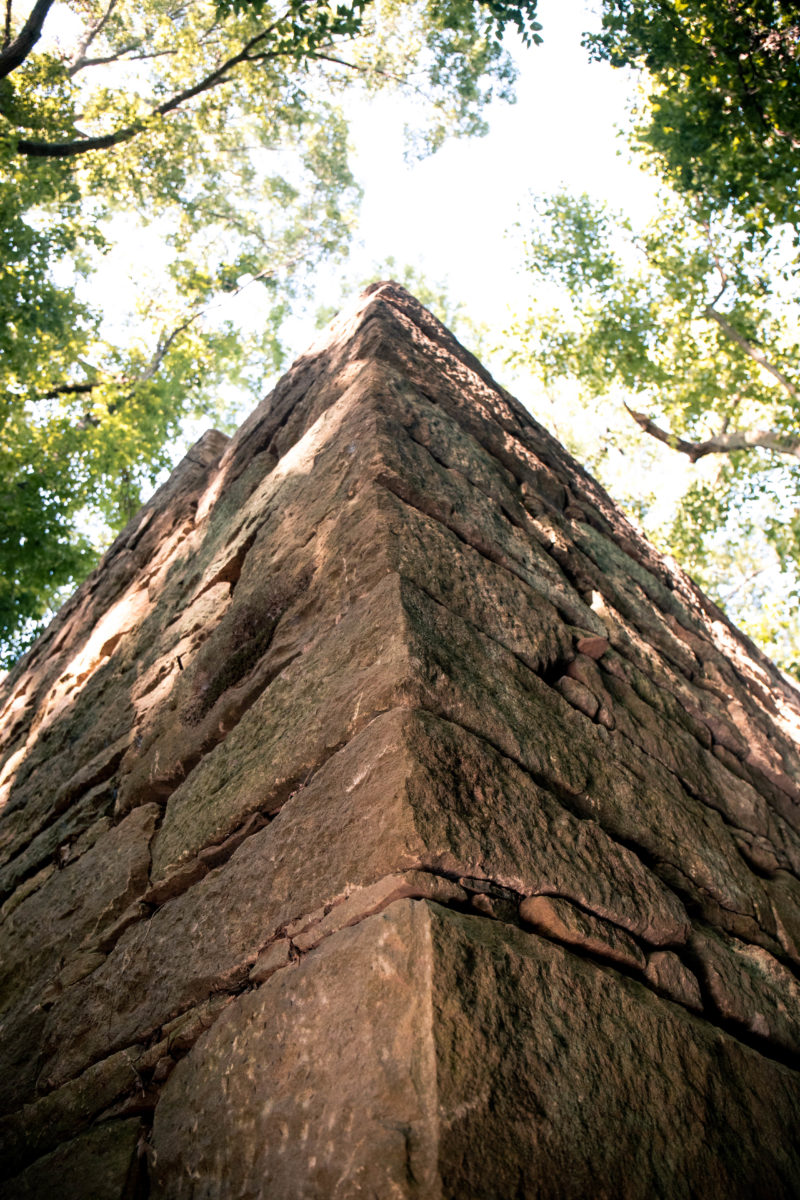


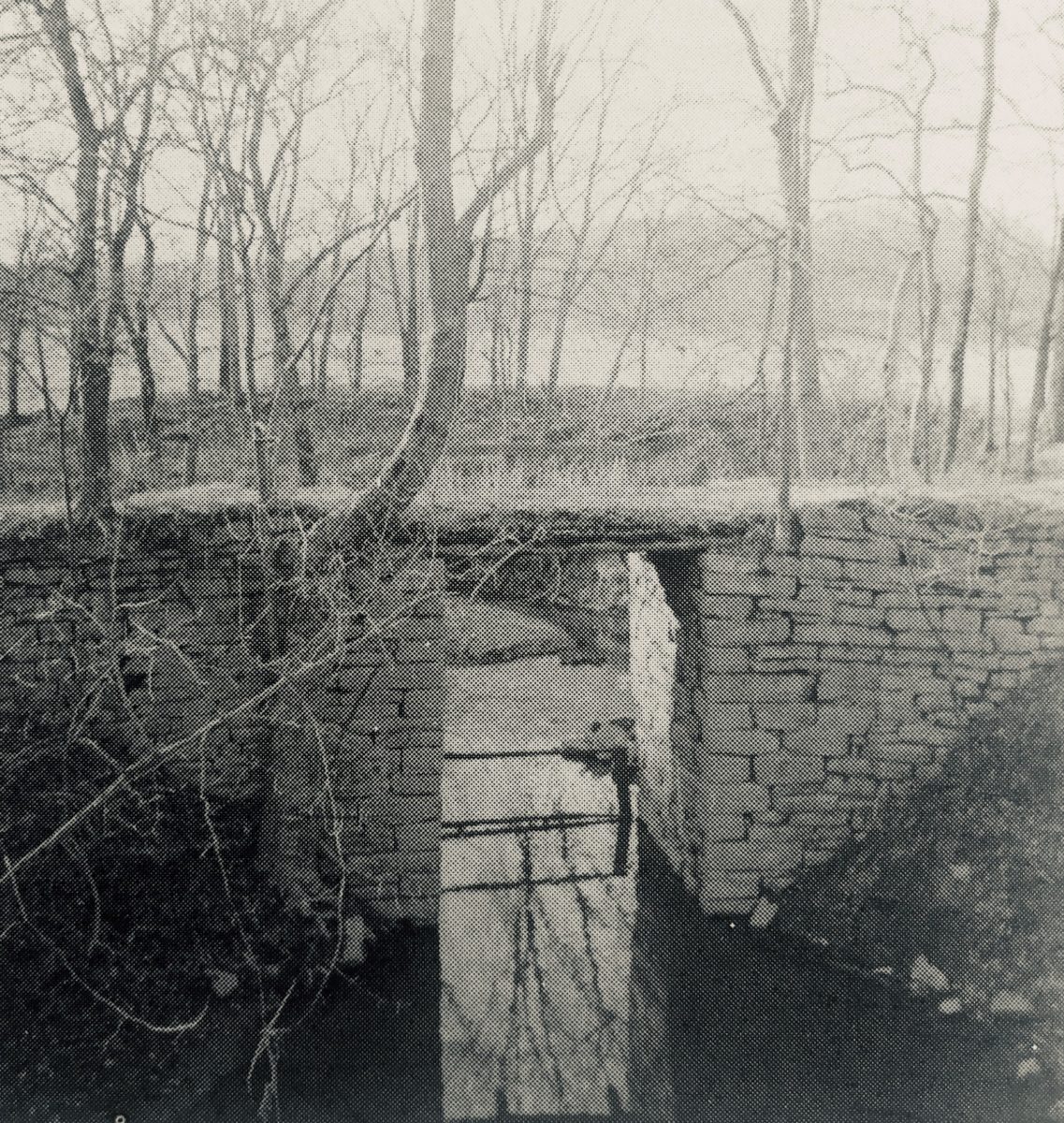
- Crutchfield, James A. The Harpeth River: A Biography. Overmountain Press, 1994.
- { Cite the Old Natchez Trace book here}
- The Harpeth River: A Biography, p. 80.
- Bowman, Virginia McDaniel. Historic Williamson County: Old Homes and Sites. Blue & Gray Press, 1971, pp. 92 – 93.
